News Article Article pages that do not meet specifications for other Trust Project Type of Work labels and also do not fit within the general news category.
Bees lead researchers to trailblazing ecological partnership with Texas city
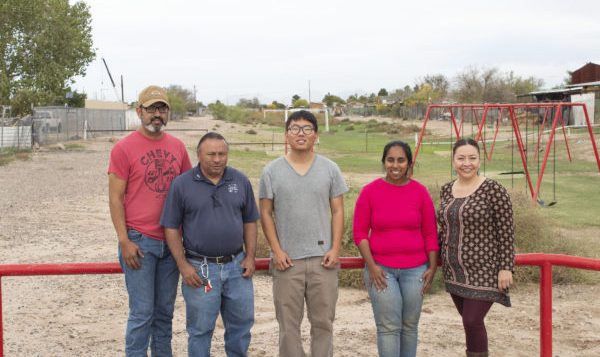
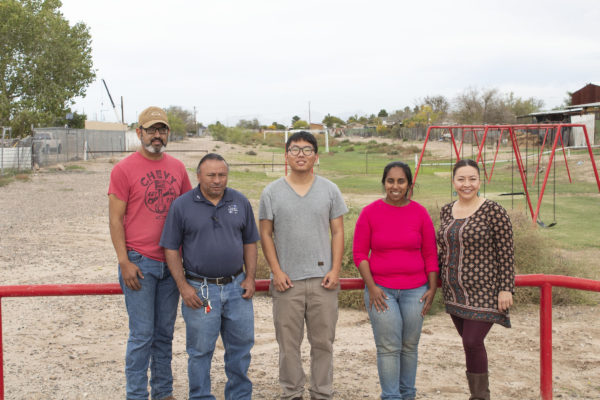
SAN ELIZARIO, Texas – What started as a project by Auburn University to study ways to protect a unique ecosystem of bees in the Chihuahuan Desert has lead to a series of pioneering environmental renovation projects for this historic frontier city on the eastern edge of El Paso County.
While fewer than 10,000 people live in San Elizario, the area is special to researchers because it is home to one of the largest diversities of bee species and bee pollinated plants in North America. Auburn University researchers began working with the City of San Elizario in studying the bees in 2017. They soon realized there was more going on that deserved further study.
“We were very much bee-centric and now we actually think much more in terms of the ecological interactions between plants and insects. We think about it in a much more systematic way than we used to,” said Bashira Chowdhury, a pollination ecologist at Auburn University.
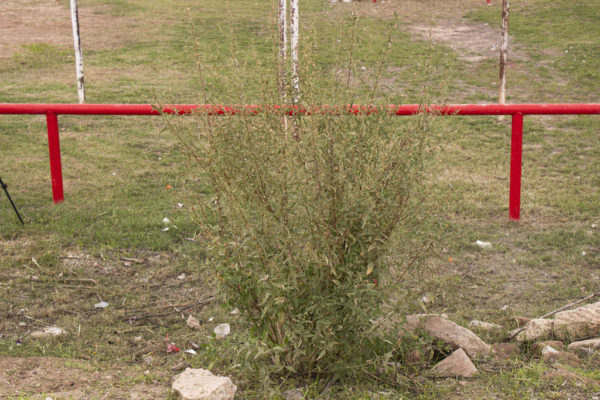
The discoveries the researchers made lead the city council to pass an ordinance protecting three types of plants. The plants are baileya, which is a natural insecticide; sphaeralcea, a plant that feeds bees; and portulaca (purslane), a vegetable that can be domesticated to become edible. San Elizario is the first city in the United States to pass such a biodiversity ordinance, according to Chowdhury.
“The biggest part is educating people that all these things around us are beneficial to us,” said San Elizario Alderperson David Cantu. “And, if we recognize and know how to distinguish the difference between a plant that’s viable from a plant that’s just a nuisance, we can really do a lot.”
The three plants are excluded from a city nuisance ordinance aimed at reducing weed growth. This protection allows them to grow as they normally would. Violation of the ordinance by disturbing the plants is a misdemeanor offense, with a maximum penalty of $2,000 per occurrence.
In addition to passing the biodiversity ordinance, the city also has initiated several projects that it says will benefit both residents and the plant life in the area.
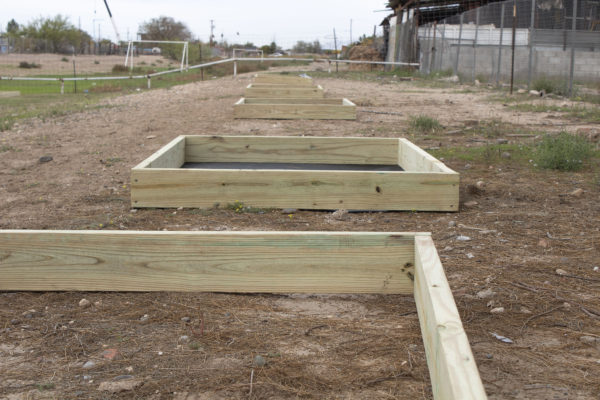
One such project is Wild San Eli, where middle school students engage in science and scientific research. They are shown and taught some of the scientific techniques that the Auburn scientists have been using to conduct their research. Students also learn about new agricultural careers that they can go into.
“Agriculture has become so much more than what a lot of people think is the traditional farmer,” said Maya Sanchez, San Elizario city administrator. “It’s not just putting a seed in the ground and it grows. It’s utilizing the latest in technology, drone technology, GPS tracking. All of this is already a part of current-day agriculture and so our students are learning that indeed they are jobs that can start at $300,000 a year in this field.”
“This academic, municipal collaboration model puts San Elizario at the forefront of urban agriculture research.”
Another project will renovate a children’s playground, the Parque de Los Ninos, into a combination playground, research area and community garden. It will serve as a training space for the Wild San Eli students and the Homestead Science program, where families can learn to grow their own plants.
The research will begin by focusing on growing portulaca (purslane), a flowering succulent used as a decorative plant in desert landscaping. It is often considered to be just a weed in the wild and has a bitter taste. However, when cultivated correctly it can be made edible. The USDA has certified it as high demand crop and the National Institutes of Health reports it has high nutritional value.
“I can’t think of any other city that is thinking this scientifically forward in how to use science to drive economics and improve the economic outlook of San Elizario,” Chowdhury said.
By studying purslane cultivation, Auburn University researchers hope to learn more about growing high nutrition plants with less water. Purslane is ranked as a C4 plant, which has a different metabolism than most plants and has adapted to the arid environment.
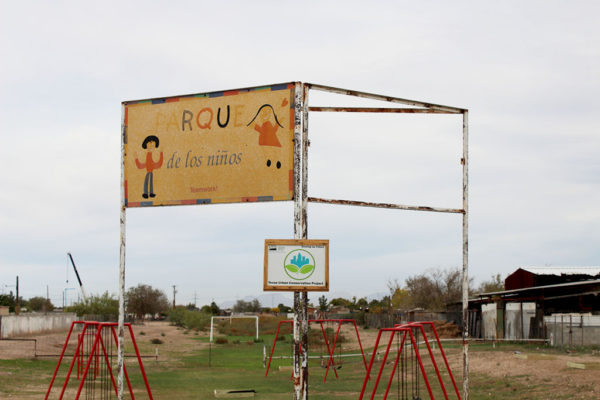
This academic, municipal collaboration model puts San Elizario at the forefront of urban agriculture research.
“So it’s not just that we’re coming here and we’re bringing something, San Eli has actually brought a lot to us and sort of opened our eyes to we can do as scientists, and really opened up some new frontiers for us,” Chowdhury said.
The research plant beds in the Parque de los Ninos are expected to bring valuable data that can benefit city agriculture efforts far beyond San Elizario.
“This is a lesson that Phoenix is going to have, Tuscon, you know, Dallas, Austin, San Antonio, everyone can use the research that we are doing here,” Chowdhury said.
This story was produced by Borderzine (www.borderzine.com), a non-profit news organization covering life on the U.S., Mexico border and Latino issues. Read the original article on Texas city post.
